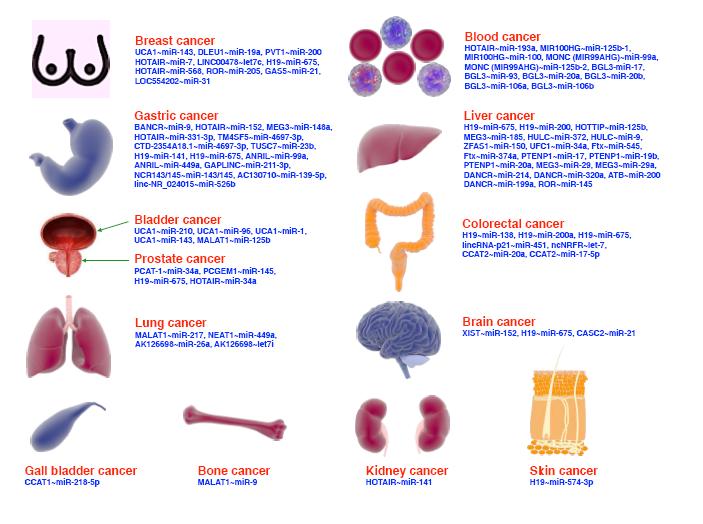Objective To summarize a new type of proximal humerus fracture—proximal humerus degloving fracture, and discuss its injury mechanism, classification criteria, and treatment methods. Methods The clinical data of 23 patients with proximal humerus degloving fracture between September 2009 and September 2016 was retrospectively analyzed. There were 14 males and 9 females, with an average age of 39.7 years (range, 21-66 years). The causes of injury was sprain in 2 cases, falling from height in 8 cases, and traffic accident in 13 cases. The time from injury to operation was 3-116 days (mean, 17.1 days). There were 2 cases of posterior dislocation of humeral head, 3 cases of anterior dislocation of humeral head, 3 cases of other fractures, and 2 cases of brachial plexus injury. All patients had varying degrees of rotator cuff injuries. According to the self-determined fracture classification criteria, there were 6 cases of internal rotation type, 14 cases of external rotation type, and 3 cases of abduction type. All patients underwent open reduction and internal fixation. Results All patients were followed up 9-24 months (mean, 17 months). All incisions healed by the first intention. X-ray films showed that all fractures healed at 3-5 months after operation (mean, 3.6 months). According to the Neer’s shoulder functional evaluation criteria at 6 months, the shoulder function was rated as excellent in 16 cases, good in 5 cases, fair in 1 case, and poor in 1 case, and the excellent and good rate was 84.6%. The rotator cuff tear recurred in 1 case and was repaired again. Conclusion The injury mechanism of proximal humerus degloving fracture may be the extreme internal rotation, extreme external rotation, or extreme abduction. Reduction and internal fixation is an effective treatment. The focus of the treatment is not only the fixation of the fracture, but also the repair and reconstruction of the rotator cuff.
Citation:
LI Wenqing, ZHANG Zuojun, LIU Yunlong. Treatment experience of proximal humerus degloving fracture. Chinese Journal of Reparative and Reconstructive Surgery, 2018, 32(12): 1540-1544. doi: 10.7507/1002-1892.201804057
Copy
Copyright © the editorial department of Chinese Journal of Reparative and Reconstructive Surgery of West China Medical Publisher. All rights reserved
| 1. |
Neer CS 2nd, Waston KC, Stanton FJ. Recent experience in total shoulder replacement. J Bone Joint Surg (Am), 1982, 64(3): 319-337.
|
| 2. |
白露, 姜保国. 肱骨大结节骨折治疗的研究进展. 中华创伤杂志, 2012, 28(2): 146-148.
|
| 3. |
Harper DK, Craig JG, van Holsbeeck MT. Apophyseal injuries of the lesser tuberosity in adolescents: a series of five cases. Emerg Radiol, 2013, 20(1): 33-37.
|
| 4. |
Teixeira RP, Johnson AR, Higgins BT, et al. Fly Fishing-related lesser tuberosity avulsion in an adolescent. Orthopedics, 2012, 35(5): e748-751.
|
| 5. |
Bahrs C, Lingfenfelter E, Fisher F, et al. Mechanism of injury and morphology of the greater tuberosity fracture. J Shoulder Elbow Surg, 2006, 15(2): 140-147.
|
| 6. |
Ohzono H, Gotoh M, Mitsui Y, et al. Isolated fracture of the lesser tuberosity of the humerus: a case report. Kurume Med J, 2011, 58(4): 131-133.
|
| 7. |
黄久勤. 肩关节后脱位并肱骨大小结节骨折一例. 中华创伤杂志, 2006, 22(4): 275.
|
| 8. |
丁实, 贾科锋, 翟丽东, 等. 结节间沟及其毗邻结构断层解剖学研究. 解剖学研究, 2010, 32(6): 401-404.
|
| 9. |
王海丰, 黄磊, 顾千里. 可吸收螺钉治疗肱骨大结节骨折. 现代中西医结合杂志, 2005, 14(1): 88-89.
|
| 10. |
Thanasas C, Kontakis G, Angoules A, et al. Treatment of proximal humerus fractures with locking plates: a systematic review. J Shoulder Elbow Surg, 2009, 18(6): 837-844.
|
| 11. |
章伟, 陈云丰, 宋文奇, 等. 三种不同内固定方式对肱骨大结节骨折稳定性的影响. 医用生物力学, 2013, 28(6): 636-641.
|
| 12. |
郭刚, 余斌, 陈滨, 等. 肱骨大结节移位骨折的手术治疗探讨. 中华创伤骨科杂志, 2012, 14(8): 685-688.
|
| 13. |
张作君. 肩部损伤诊疗学. 北京: 中国中医药出版社, 2009: 607-630.
|
- 1. Neer CS 2nd, Waston KC, Stanton FJ. Recent experience in total shoulder replacement. J Bone Joint Surg (Am), 1982, 64(3): 319-337.
- 2. 白露, 姜保国. 肱骨大结节骨折治疗的研究进展. 中华创伤杂志, 2012, 28(2): 146-148.
- 3. Harper DK, Craig JG, van Holsbeeck MT. Apophyseal injuries of the lesser tuberosity in adolescents: a series of five cases. Emerg Radiol, 2013, 20(1): 33-37.
- 4. Teixeira RP, Johnson AR, Higgins BT, et al. Fly Fishing-related lesser tuberosity avulsion in an adolescent. Orthopedics, 2012, 35(5): e748-751.
- 5. Bahrs C, Lingfenfelter E, Fisher F, et al. Mechanism of injury and morphology of the greater tuberosity fracture. J Shoulder Elbow Surg, 2006, 15(2): 140-147.
- 6. Ohzono H, Gotoh M, Mitsui Y, et al. Isolated fracture of the lesser tuberosity of the humerus: a case report. Kurume Med J, 2011, 58(4): 131-133.
- 7. 黄久勤. 肩关节后脱位并肱骨大小结节骨折一例. 中华创伤杂志, 2006, 22(4): 275.
- 8. 丁实, 贾科锋, 翟丽东, 等. 结节间沟及其毗邻结构断层解剖学研究. 解剖学研究, 2010, 32(6): 401-404.
- 9. 王海丰, 黄磊, 顾千里. 可吸收螺钉治疗肱骨大结节骨折. 现代中西医结合杂志, 2005, 14(1): 88-89.
- 10. Thanasas C, Kontakis G, Angoules A, et al. Treatment of proximal humerus fractures with locking plates: a systematic review. J Shoulder Elbow Surg, 2009, 18(6): 837-844.
- 11. 章伟, 陈云丰, 宋文奇, 等. 三种不同内固定方式对肱骨大结节骨折稳定性的影响. 医用生物力学, 2013, 28(6): 636-641.
- 12. 郭刚, 余斌, 陈滨, 等. 肱骨大结节移位骨折的手术治疗探讨. 中华创伤骨科杂志, 2012, 14(8): 685-688.
- 13. 张作君. 肩部损伤诊疗学. 北京: 中国中医药出版社, 2009: 607-630.




